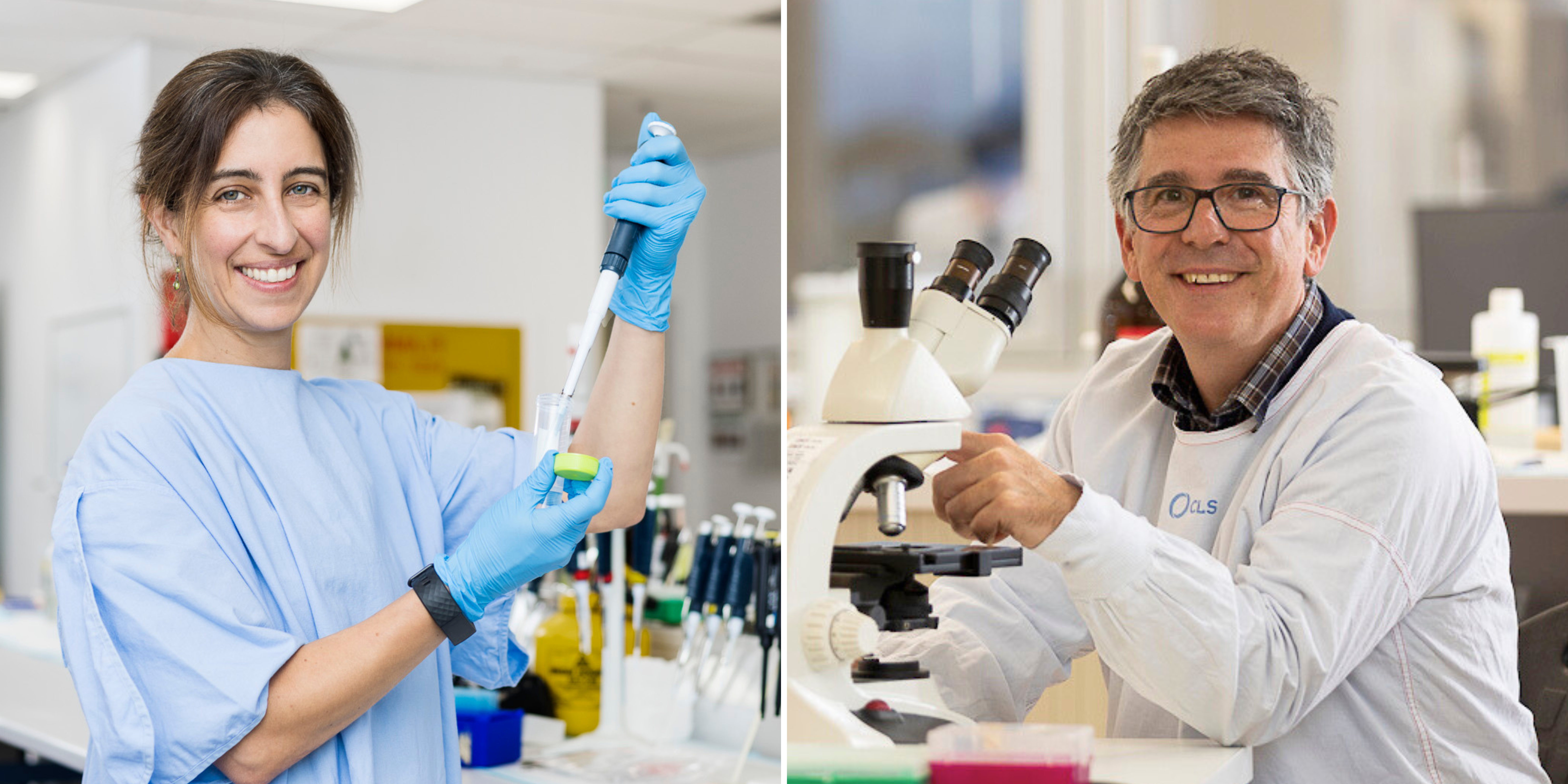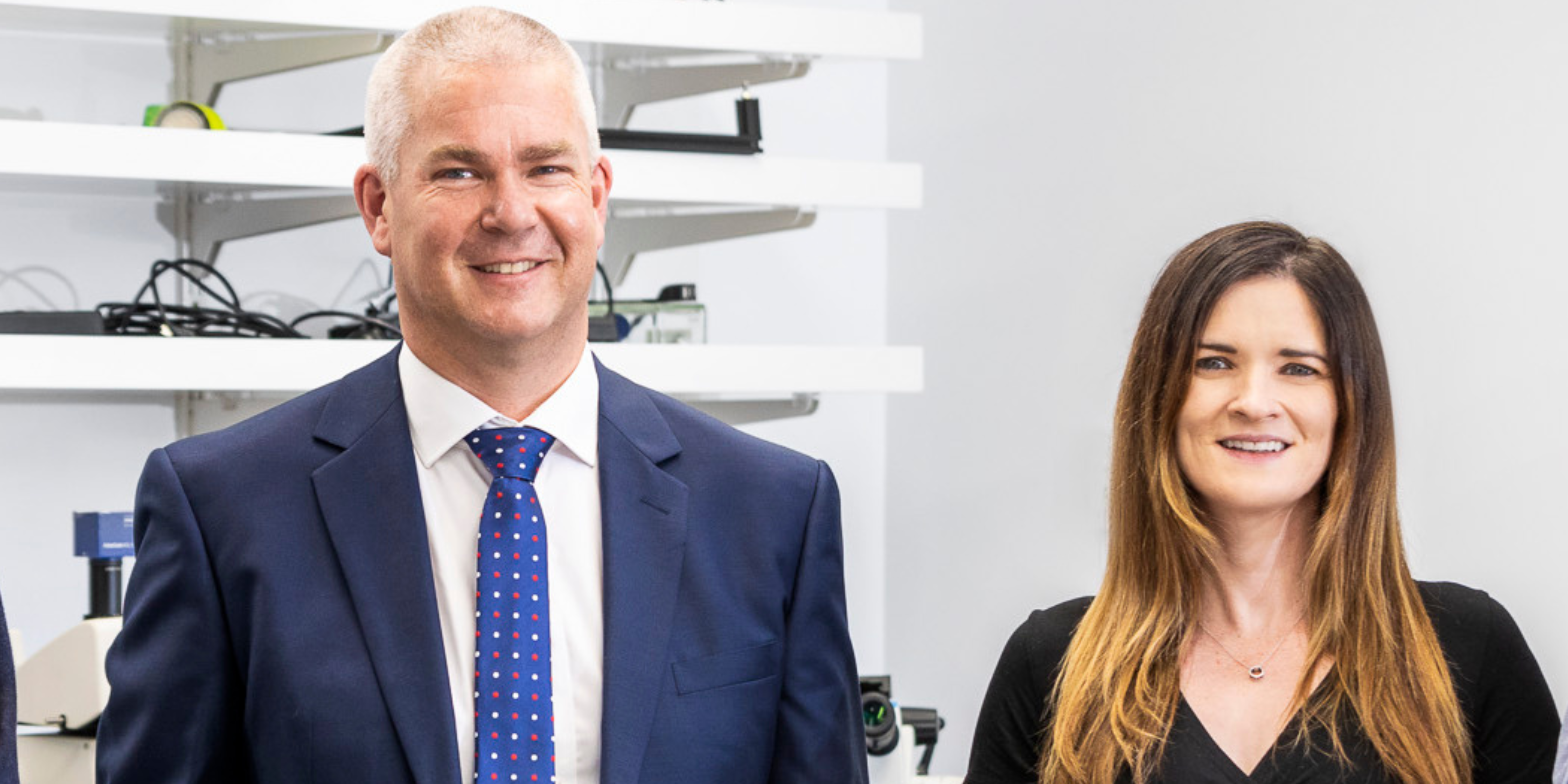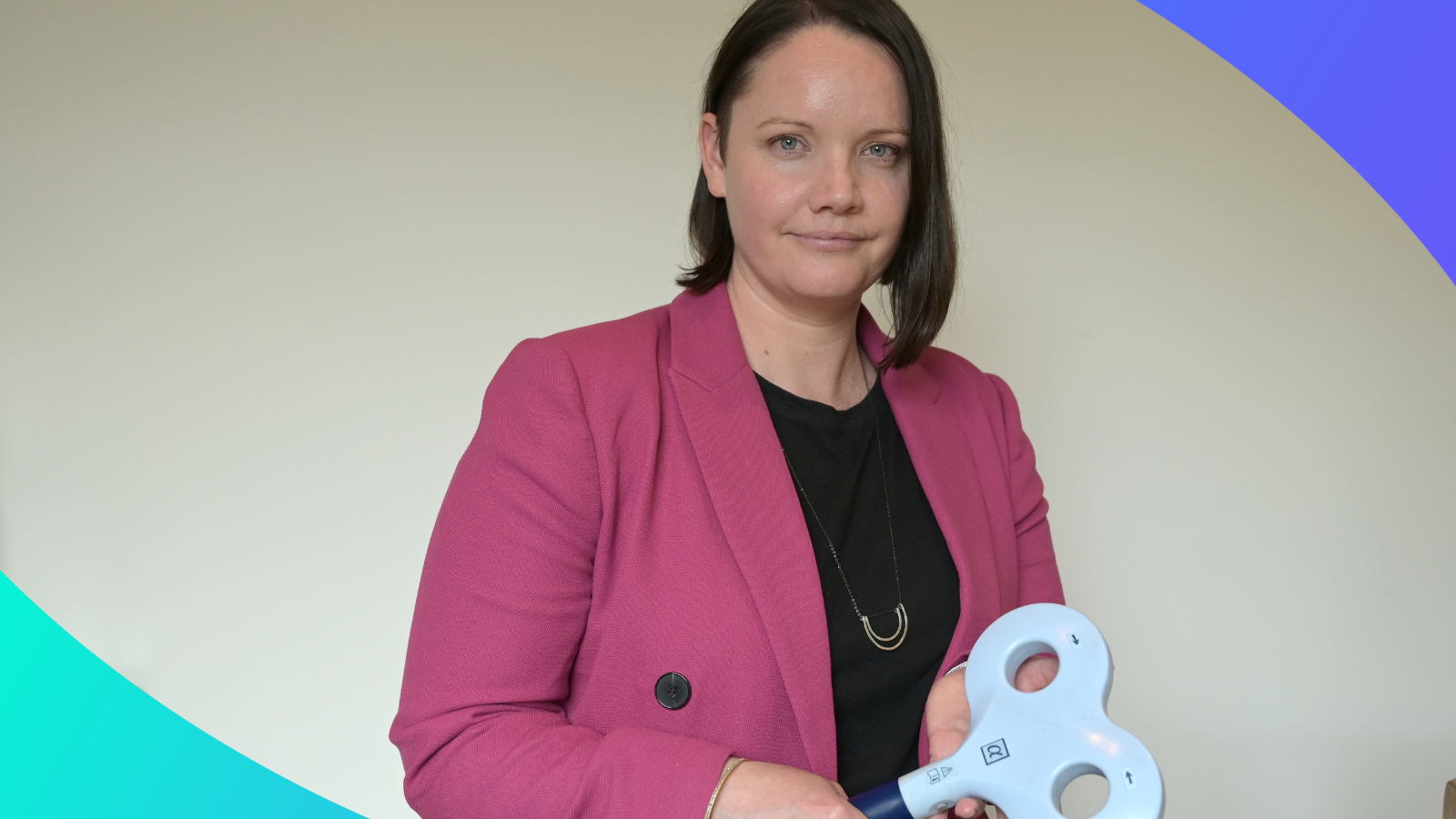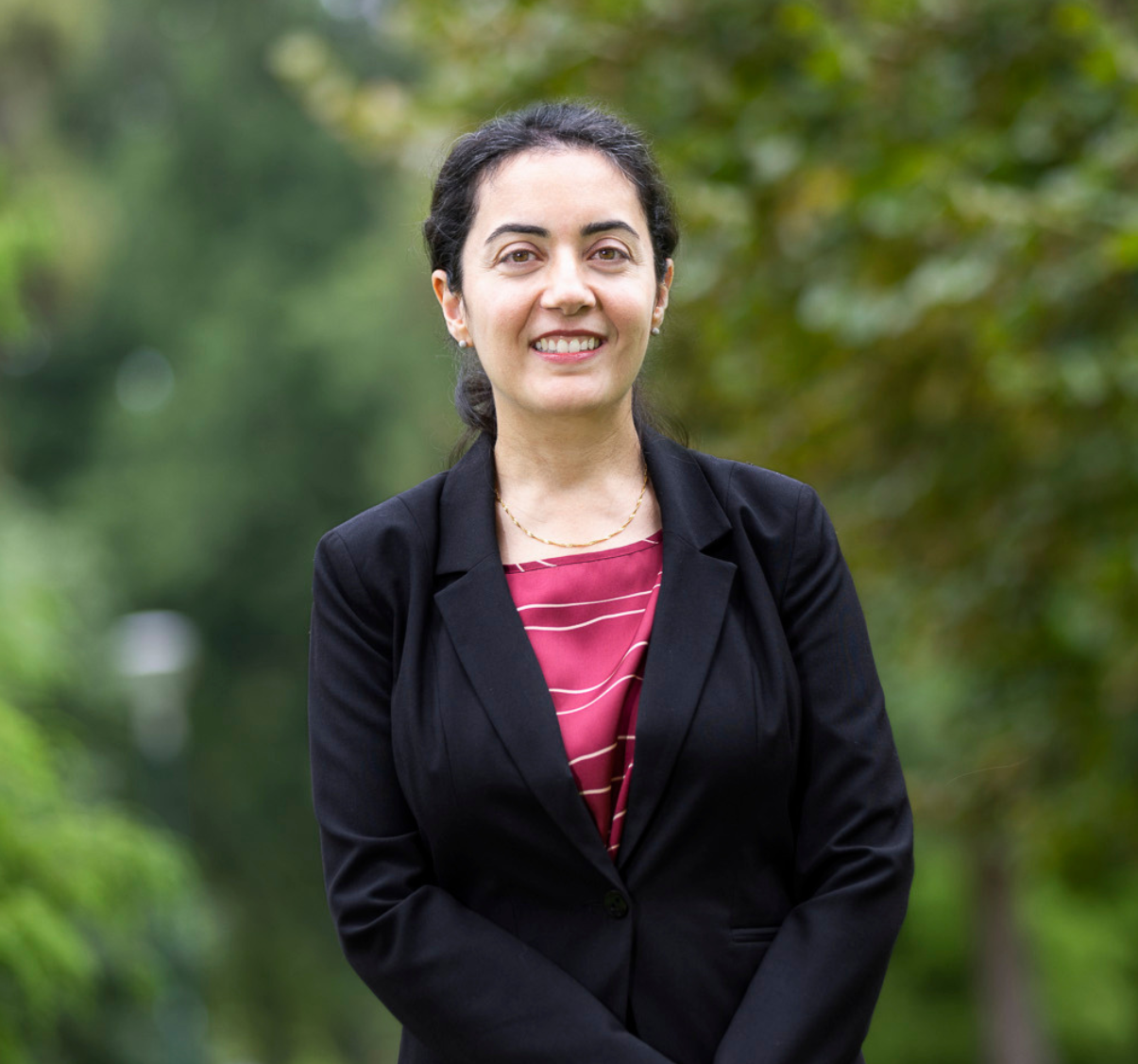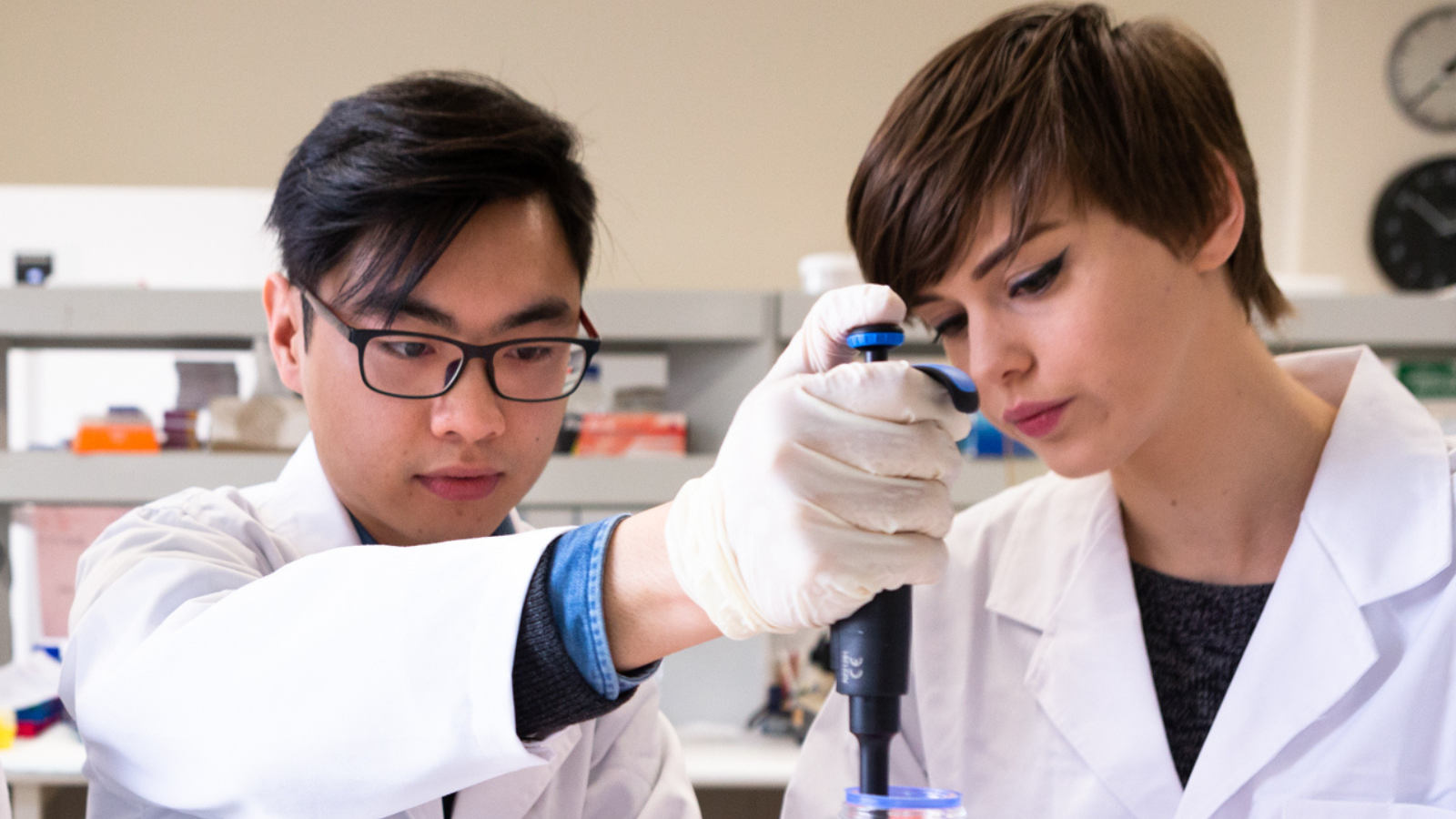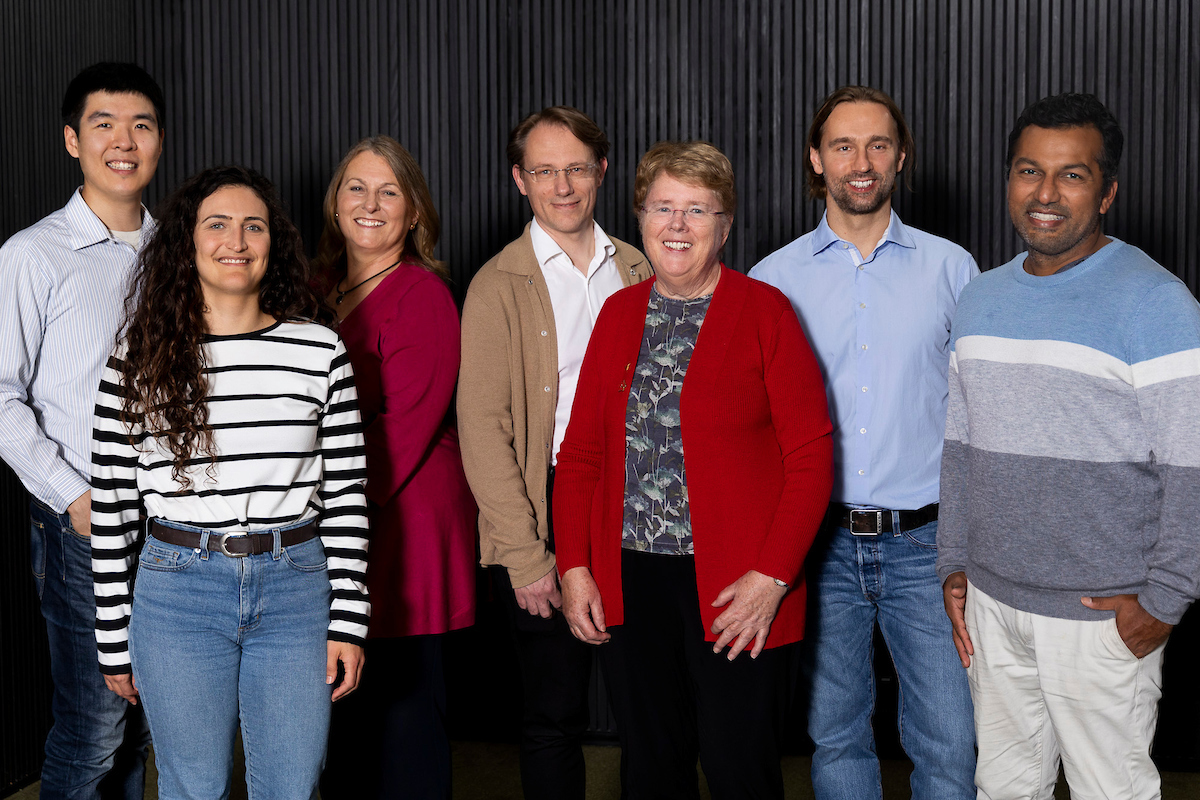A ground-breaking diagnostic test under development at the Bionics Institute in Melbourne could pave the way to new treatments for Australians suffering the auditory torment of tinnitus.
Tinnitus, the perception of sounds without an external source, affects 1 in 10 people globally. 20% of those affected report severe tinnitus, and there is currently no treatment – only ways to control symptoms, that don’t always work.
Lead researcher Dr Mehrnaz Shoushtarian says the fact that there is currently no objective test to diagnose tinnitus or measure the severity means that doctors are often unable to help those affected.
“We have developed a test that can distinguish between mild and severe tinnitus with 87% accuracy using light technology to read brain activity that is analysed using artificial intelligence,” she said.
“Our aim is to provide clinicians with a reliable diagnostic test to assess if a treatment is working, and also give researchers the information about brain activity in tinnitus needed to develop new treatments,” she concluded.
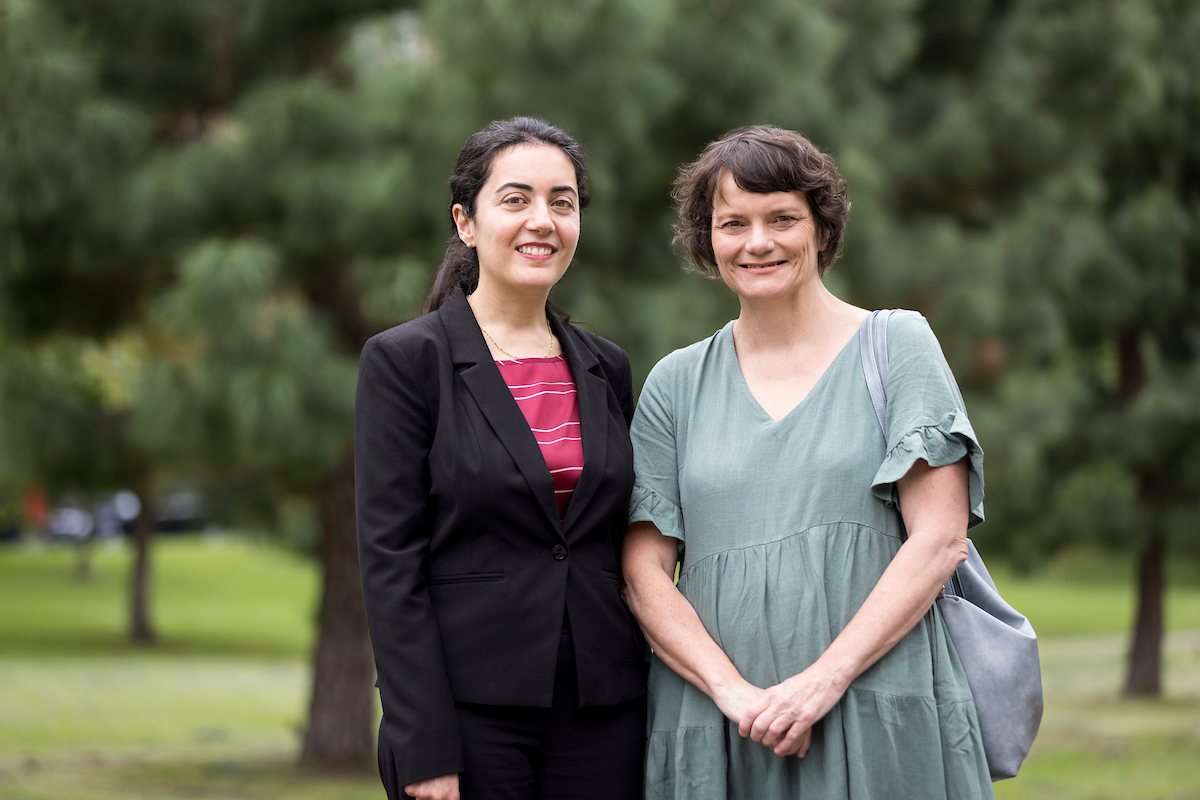
Dr Mehrnaz Shoushtarian with Deb, who has severe tinnitus.
The invisible torment of tinnitus
New treatments could end the torment of tinnitus for people like Deb, a qualified midwife from Geelong.
Deb says: “It’s like a gas leak in my head with multiple layers of hissing around the clock, every day.
“I can’t sleep. I can’t watch TV. I can’t concentrate enough to read or write. It’s kicked up my depression and anxiety.”
Deb has tried white noise, masking, psychology, hearing aids and natural remedies. Nothing has worked.
“It has ruined my life and the lives of people like me who have severe tinnitus. Every day is about coping, not living.
“An objective test will give researchers the knowledge they need to find a treatment and change the lives of people like me living with severe tinnitus,” she concluded.
Pioneering innovation
Bionics Institute CEO Robert Klupacs says the test is an excellent example of bioengineering innovation at its best.
He explained: “Dr Shoushtarian’s team uses a technology called functional near-infrared spectroscopy (fNIRS), a non-invasive brain imaging technique that measures blood oxygen changes in the brain.
“Her team has shown that we can diagnose tinnitus with incredible accuracy in a small clinical study. We are now seeking funding to develop a portable version with easy-to-use software that can be trialed for use in clinics in Australia and around the world.”
He encourages everyone to show their support for people like Deb, and help the Bionics Institute get this test into clinics as soon as possible by donating to the Bionics Institute.

The fNIRS cap used to measure blood oxygen changes in the brain
About the technology
The new diagnostic test imaging device shines near infra-red light over the head using light sources set into a cap. The brain’s blood oxygen levels effect the amount of light reflected back, which is measured by detectors in the cap. The reflex light is analysed using a special algorithm to provide detailed information on brain activity. The device is portable, non-radioactive, quiet and safe to use with implanted devices such as pacemakers.
Did you miss our recent event?
This exciting new test was the focus of the Bionics Institute’s recent event ‘Measuring tinnitus – detecting an invisible condition’.
In our recorded webinar, you’ll learn more about Dr Shoushtarian’s research, and hear from guest speakers Dr Sol Marghzar, doctor of audiology and clinical director of ‘The Hearing Doctor’ in California; Bionics Institute’s Professor James Fallon; and Victoria Didenko, who shares her experience of being diagnosed and living with tinnitus.
